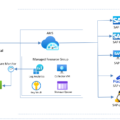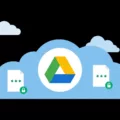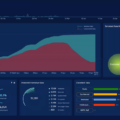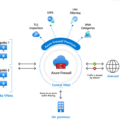Azure Backup is an effective and reliable cloud-based backup solution that helps protect your data from loss or corruption. With Azure Backup, you can back up your files, folders, virtual machines (VMs), and databases quickly and cost-effectively. It provides a secure, scalable, and cost-effective way to keep your data safe.
Azure Backup provides flexibility in the way you manage backups. You can choose from various replication options for storage including locally redundant storage (LRS), geo-redundant storage (GRS), and zone-redundant storage (ZRS). This helps ensure that your data is stored securely in multiple locations with varying levels of redundancy. Additionally, Azure Backup optimizes the backup process by backing up each VM disk in parallel and only transferring changed blocks since the last backup – meaning only the necessary data is transferred during a backup session.
For organizations that need more control over their backups, Azure offers an end-to-end solution that is simple to set up and use. This solution allows you to protect onsite resources as well as cloud workloads while taking advantage of the scalability of the cloud. You can also easily restore data from any point in time without having to worry about hardware or software compatibility issues.
Overall, Azure Backup is an ideal solution for organizations looking for a secure, reliable, and cost-effective way to protect their data from loss or corruption. With its flexible replication options and easy setup process, it’s no wonder why many organizations are turning to Azure for their backup needs.
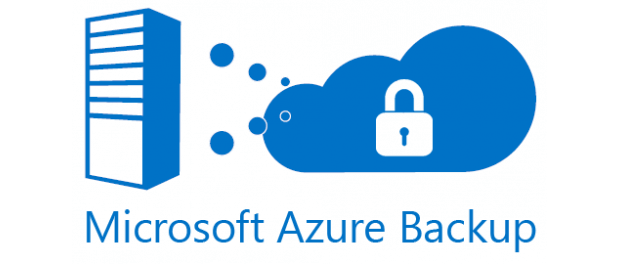
The Benefits of Using Azure Backup
Azure Backup is a cloud-based backup and disaster recovery service from Microsoft. It helps organizations protect their data from accidental deletion, corruption, malicious attacks, or other unforeseen events. With Azure Backup, organizations can securely back up and restore their on-premises and cloud workloads such as databases, virtual machines, applications, websites, and more. It also provides continuous protection for the latest versions of these workloads without the need for manual intervention. Azure Backup offers three types of replication—locally redundant storage (LRS), geo-redundant storage (GRS), and read access geo-redundant storage (RA-GRS)—so that your data is highly available and secure in the event of an unexpected disaster. With Azure Backup you only pay for the storage you consume based on your usage so you can get started quickly with no upfront costs.
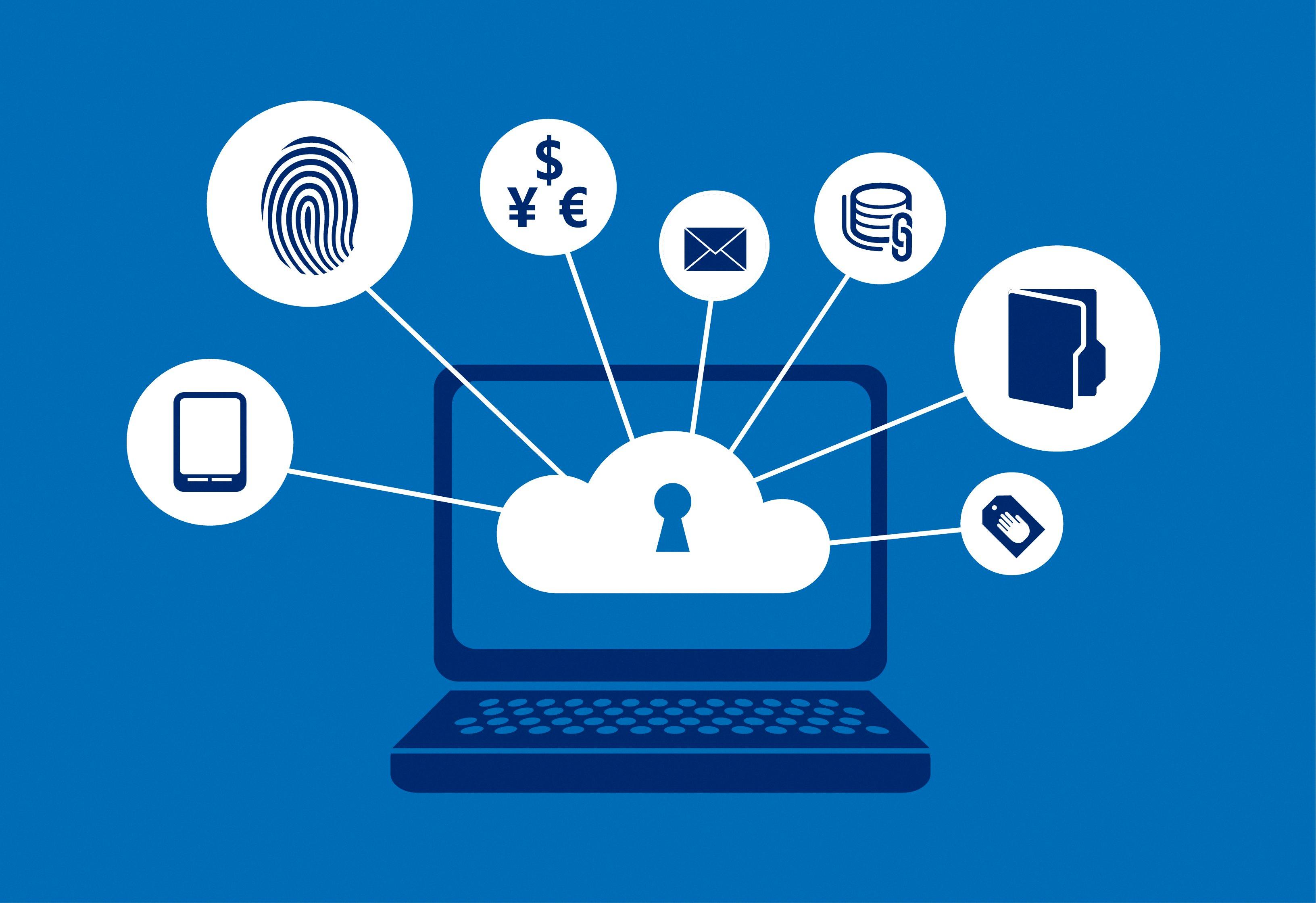
Source: microsoft.com
Backing Up Data with Azure
Azure Backup is an effective and reliable way to back up your data. The process starts by creating a Recovery Services vault – a secure storage space in Azure that is used to protect your data. Then, you configure the backup policy for your data and select the frequency of backups. Once configured, the backup process begins by reading each VM disk and identifying only the blocks of data that have changed since the last backup. This ensures that only the necessary data is transferred to the vault, reducing both time and storage costs. After all of the disks are backed up, a snapshot of your system is taken so that you can easily restore your data in case anything goes wrong.
Does Azure Offer Backup Solutions?
Yes, Azure provides a comprehensive backup solution that enables organizations to protect their data and restore it quickly in the event of an outage or disaster. With Azure Backup, you can:
• Easily back up data from on-premises systems to the cloud
• Automate backups for fast and reliable protection
• Create long-term retention policies to meet compliance requirements
• Recover data quickly and efficiently
• Monitor and manage backups across multiple locations.
Azure Backup also offers advanced features such as encryption, monitoring and alerting, and integration with on-premises systems. You can use the service to protect both physical and virtual machines, as well as applications such as Microsoft SQL Server, Oracle Database, SharePoint Server, Exchange Server, Hyper-V virtual machines, and Windows Clusters.
Types of Cloud Backup in Azure
Azure offers three types of cloud backup storage: Locally Redundant Storage (LRS), Geo-Redundant Storage (GRS), and Zone-Redundant Storage (ZRS).
Locally Redundant Storage (LRS) is the most basic form of cloud backup. LRS stores three copies of your data in a single Azure region, providing cost-effective data redundancy for the lowest cost.
Geo-Redundant Storage (GRS) adds an additional layer of protection by replicating your data to a secondary region, which is located hundreds of miles away from the primary region. If a disaster should occur in the primary region, GRS provides assurance that your data will remain safe and accessible in the secondary region.
Zone Redundant Storage (ZRS) is an advanced form of cloud backup that replicates your data to three separate availability zones within a single Azure region. This ensures that your data remains available even if there is an outage within one particular availability zone. The cost for ZRS is slightly higher than LRS or GRS, but it provides the highest level of protection for critical applications and workloads.
Disadvantages of Azure Backup
Azure Backup is a powerful cloud-based backup solution that offers complete data protection for organizations. However, it does have some disadvantages that should be taken into consideration before using it.
The most significant disadvantage of Azure Backup is its disjointed structure. Despite the name, Azure Backup is actually composed of several different components, making it difficult to manage and configure correctly. Additionally, a lack of centralized management and reporting makes it cumbersome to work with when managing multiple backups across multiple servers.
Another disadvantage is cost-related. Azure Backup requires an upfront investment that can be expensive for some organizations, especially those who don’t need the full suite of features offered by the product. Additionally, there are ongoing costs associated with storage and bandwidth that can add up over time.
Finally, while Azure Backup provides great data protection capabilities, it doesn’t provide any additional security measures beyond simple encryption and user authentication. This means that organizations must take extra steps to ensure their data is secure from malicious actors or accidental errors.
The Benefits of Using Azure Backup
Azure Backup is a cost-effective, secure, and reliable solution for organizations of all sizes to protect their data from the increasing threat of ransomware. Not only does it provide a one-click backup solution, but it also provides peace of mind knowing that your data is being securely stored in the cloud.
Azure Backup offers multiple layers of security to protect against malicious actors who may attempt to access or delete your data. Data is encrypted both in transit and at rest, and access to the service is controlled by robust authentication methods such as multi-factor authentication. In addition, Azure Backup provides advanced features such as geo-redundancy to ensure that your data is always available even if a physical disaster occurs at one of its data centers.
Moreover, Azure Backup allows you to store and manage backups on a pay-as-you-go basis, so you don’t have to worry about upfront costs or long-term commitments. It also offers scalability so you can adjust your storage needs as needed without any additional effort. With Azure Backup, you can easily restore deleted or corrupted files and quickly get back up and running with minimal downtime.
Incremental or Full Backup Using Azure Backup
Azure Backup is a cloud-based backup solution that utilizes the best-in-class Incremental Backup technology. Incremental Backup is a process where only changes made since the last backup are stored, thus requiring less storage and network resources. With Azure Backup, data is backed up incrementally, meaning that only changes made to data since the last backup are transferred over the network and stored in the cloud. This helps optimize resource consumption while providing secure backups with pay-as-you-go scalability that can be tailored to meet different requirements. Additionally, Azure Backup also uses compression, network throttling and offline seeding to further optimize resource consumption.
Backup Location in Microsoft Azure
Azure backups are stored in a Recovery Services vault, which is a type of storage account that stores backup data for Azure virtual machines, SQL databases, and other services. The vault dashboard provides an overview of all backed-up items, their status, and the latest restore points. All backups are securely stored in the vault and can be accessed from the Azure portal.
Does Azure Backup Backup All Disks?
Yes, Azure Backup supports backing up all disks (operating system and data) in a VM together using the virtual machine backup solution. This ensures that all your important data is safe and secure in the event of any unexpected issues or disasters. The virtual machine backup solution allows you to back up the entire disk configuration including all operating systems, applications, and data disks. Azure Backup also provides incremental backups which help save storage space.
Conclusion
In conclusion, Azure Backup is a comprehensive and cost-effective solution for businesses to protect their data. It offers multiple storage options with local redundancy, geo-redundancy, and zone redundancy, as well as an efficient block-level backup technology that reduces storage costs by transferring only changed data blocks since the previous backup. With its pay-as-you-use model and easy integration with on-premises solutions, Azure Backup provides an end-to-end data protection solution that keeps your data safe and secure.

